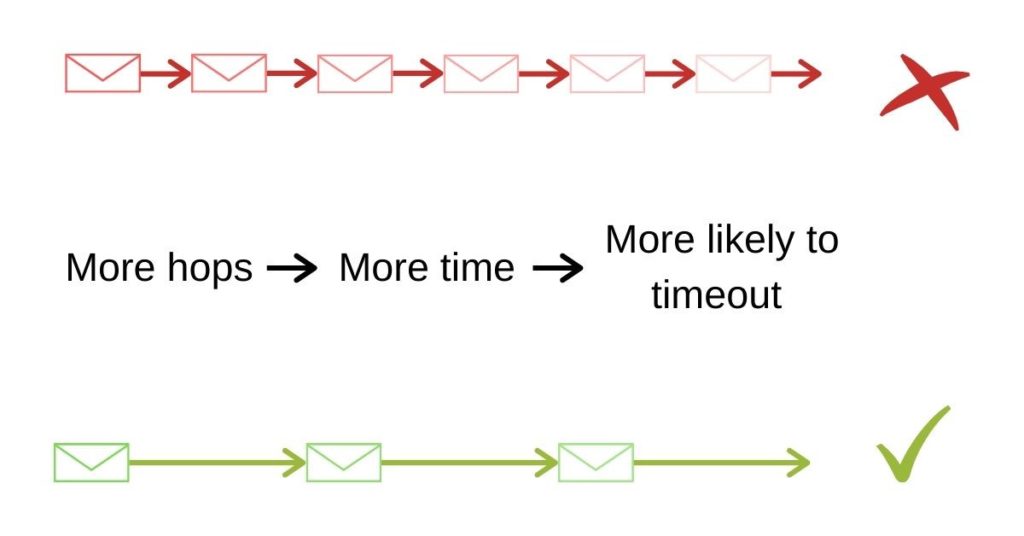Building a greener Internet Of Things
Blog Post by Samuel Attwood (Manchester Metropolitan University)
The Internet of Things (IoT) is an emerging vision—of a massive number of interconnected smart objects working together to make our lives better—that hopes to have a significant impact on our increasingly digital world. As the IoT vision continues to be realised we stand to benefit from smarter homes, cities, and even farms! There is however a problem. The technologies that enable the IoT are not very efficient and therefore present a danger to the environment…
Original Paper: Towards green computing for Internet of things: Energy oriented path and message scheduling approach
What is the Internet of Things?
In the broadest sense, the Internet of Things refers to items that ‘talk’ to each other. Smart speakers, smart toothbrushes, and smart baby monitors that we communicate with through our phones can all be considered a part of the Internet of Things.
The Internet of Things can also be thought of as a framework that can be realised on a small application specific scale or a larger ecosystem scale. Our smart speakers, smart toothbrushes, and smart baby monitors can each be considered a realisation at the application scale. Conversely, smart cities that will perhaps require 500 nodes spread across a 1000m2 area can be considered a realisation at the ecosystem scale.
Is the Internet of Things green?
This is a difficult question to answer. On the one hand, the IoT is vital for the realisation of smart cities and the environmental benefits associated with them. On the other hand, energy consumption becomes more of a concern as the IoT framework is realised at the ever-larger scales required for smart cities.
If we could overcome the adverse effects of multi-hop communication—in which a message hops between multiple nodes in a network but sometimes gets lost (or expires) and requires additional energy to be retransmitted—we would be a step closer to achieving a green Internet of Things. In a recent paper, researchers from Manchester Metropolitan University attempted to take us this step closer by proposing new approaches to path selection and message scheduling.

Figure 1: The core abstraction the researchers made—the more hops a message makes the more likely it is to get lost or timeout.
What are path selection and message scheduling?
Path selection is the process of determining the hops a message needs to make to get from point A to point B. In their paper, the researchers propose a new approach to path selection that builds on previous approaches by using a dynamic sorting algorithm. This new approach to path selection aims to minimise the number of hops that need to be made and thereby the energy consumption of the network.
Message scheduling is the process of determining the order in which messages queued at a node should be sent. In their paper, the researchers propose a new approach to message scheduling that treats messages that have made a larger number of hops as higher priority. By prioritizing messages in this way, the approach hopes to minimise the energy consumption of the network by decreasing the number of messages that timeout and need to be retransmitted.
We can gain a better understanding of path selection and message scheduling by imagining a courier delivering parcels to multiple locations. Before departing this courier will have planned their journey such that they make deliveries in a reasonable order (and do not end up driving from London to Edinburgh and then to Manchester)—this is effectively path selection. The courier will have also sorted through the parcels before departing to establish which ones are urgent and need delivering today—this is effectively message scheduling.
Can we make the Internet of Things greener?
Yes! In their paper, the researchers showed that an improved efficiency could be achieved using an approach in which the path selection and message scheduling processes were allowed to cooperate. Their approach proved to be particularly efficient when large ecosystem scale networks—the kind that preclude the creation of smart cities—were considered. Of course, more can always be done, and the researchers are currently investigating whether heuristic based approaches can be used to achieve further efficiencies and enable an even greener Internet of Things.
The Greater Manchester Cyber Foundry
The Greater Manchester Cyber Foundry is a programme open to SMEs in the Greater Manchester region. The foundry has expertise in the Internet of Things and the security concerns that come with it. If your organisation is looking to leverage the Internet of Things in a safe and secure manner, please get in touch!